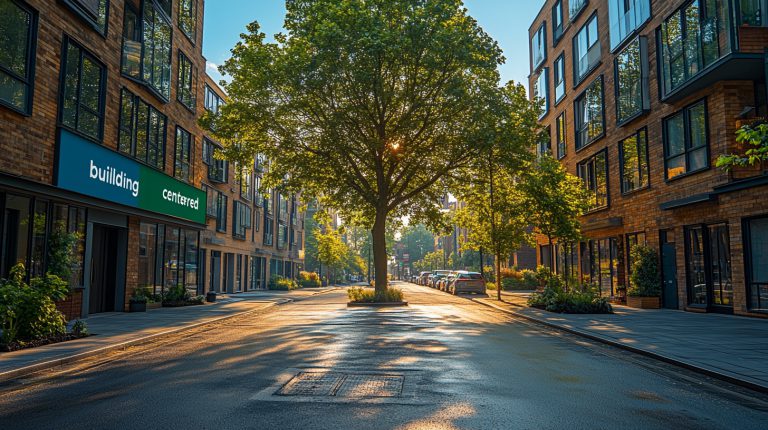
Adaptive Reuse of Buildings: Transforming Spaces for a Sustainable Future
Old, abandoned buildings often stand as relics of the past, reminding us of bygone eras and architectural styles. However, instead of tearing down these structures, a growing trend in urban development is the adaptive reuse of buildings. This practice involves repurposing existing buildings for new functions, breathing new life into these spaces while preserving their historical and cultural significance. The benefits of adaptive reuse are manifold, ranging from environmental sustainability to economic revitalization and community engagement.
Preservation of Cultural Heritage
One of the most significant benefits of adaptive reuse is the preservation of cultural heritage. Old buildings often hold historical significance, reflecting the architectural styles and societal values of the time in which they were constructed. By repurposing these buildings for new uses, we can ensure that their unique character and historical importance are maintained for future generations to appreciate. Adaptive reuse allows us to celebrate the past while embracing the present, creating a harmonious blend of old and new within our urban landscapes.
Environmental Sustainability
In a world increasingly focused on sustainability and environmental conservation, adaptive reuse offers a more eco-friendly alternative to new construction. Retrofitting an existing building requires fewer raw materials and energy than building from scratch, reducing the carbon footprint of the project. By repurposing old structures, we can help reduce waste and minimize the environmental impact of urban development. Additionally, adaptive reuse can contribute to the preservation of green spaces and the protection of natural habitats by reducing the need for new construction on undeveloped land.
Revitalization of Urban Spaces
Adaptive reuse has the power to breathe new life into neglected urban areas, transforming blighted buildings into vibrant community hubs. By repurposing old warehouses, factories, or schools into mixed-use developments, cities can revitalize underutilized spaces and create new opportunities for businesses, residents, and visitors. Adaptive reuse projects often serve as catalysts for economic growth, attracting investment, tourism, and cultural activity to previously overlooked neighborhoods. These revitalized spaces can help foster a sense of community pride and engagement, strengthening the social fabric of urban areas.
Flexible and Innovative Design Solutions
Adaptive reuse challenges architects and designers to think creatively and innovatively about how to repurpose existing structures for new functions. This process often leads to unique and inspiring design solutions that preserve the character of the original building while meeting the needs of modern users. From converting old churches into art galleries to transforming industrial lofts into trendy apartments, adaptive reuse projects showcase the versatility and adaptability of existing buildings. By embracing the constraints and opportunities presented by historic structures, designers can create spaces that are both functional and aesthetically compelling.
Cost-Effective Development
In addition to its environmental and social benefits, adaptive reuse is often a more cost-effective option than new construction. Retrofitting an existing building can be less expensive and time-consuming than demolishing the structure and starting from scratch. By reusing existing infrastructure, developers can save money on materials, labor, and permitting costs, making adaptive reuse a financially attractive option for urban development projects. This cost-effectiveness can make adaptive reuse a viable strategy for municipalities, developers, and property owners looking to maximize the value of their real estate assets.
A Sustainable Future through Adaptive Reuse
As cities continue to grow and evolve, the practice of adaptive reuse will play an increasingly important role in shaping the urban landscape. By repurposing existing buildings for new functions, we can preserve our cultural heritage, promote environmental sustainability, revitalize urban spaces, and foster innovation in design and development. Adaptive reuse offers a win-win solution for communities seeking to balance preservation with progress, creating a more sustainable and vibrant future for all.





